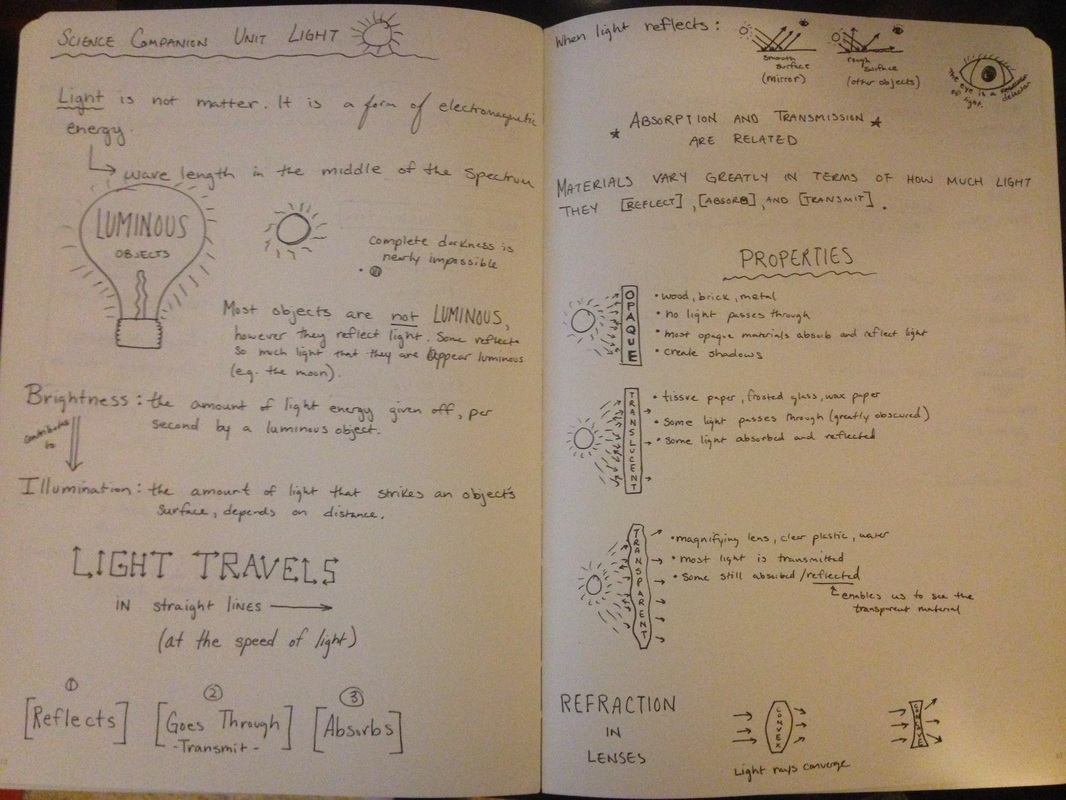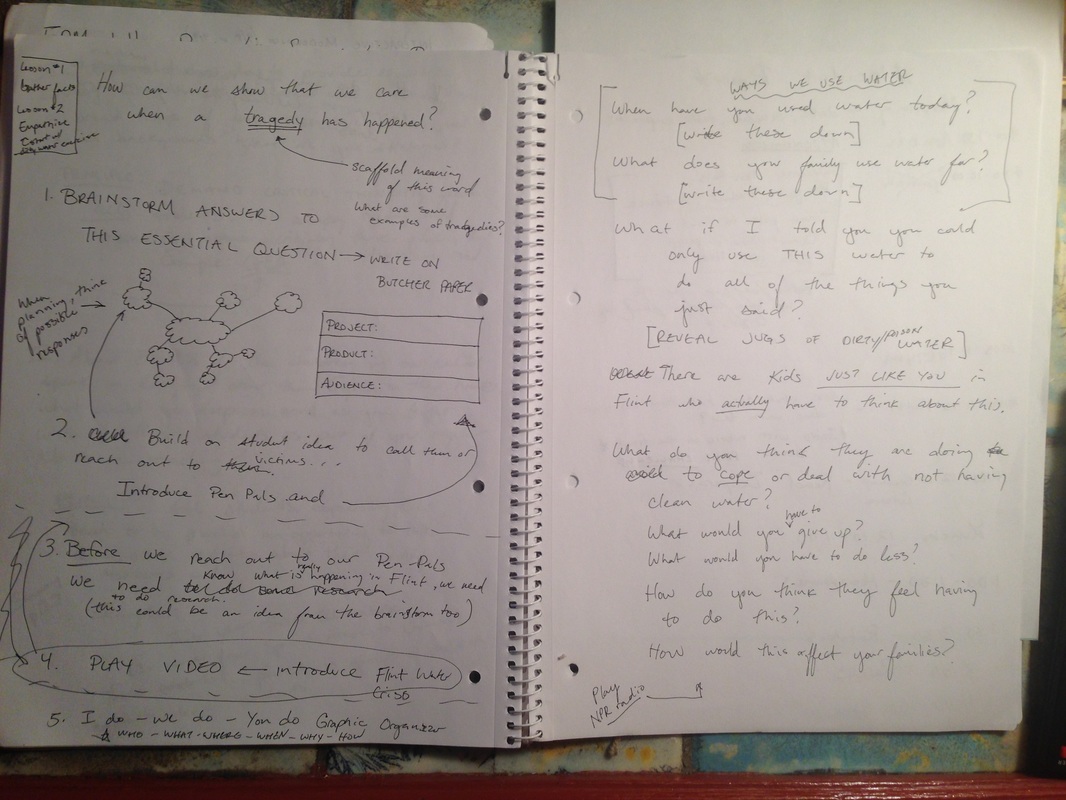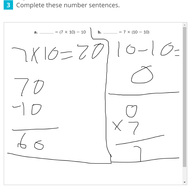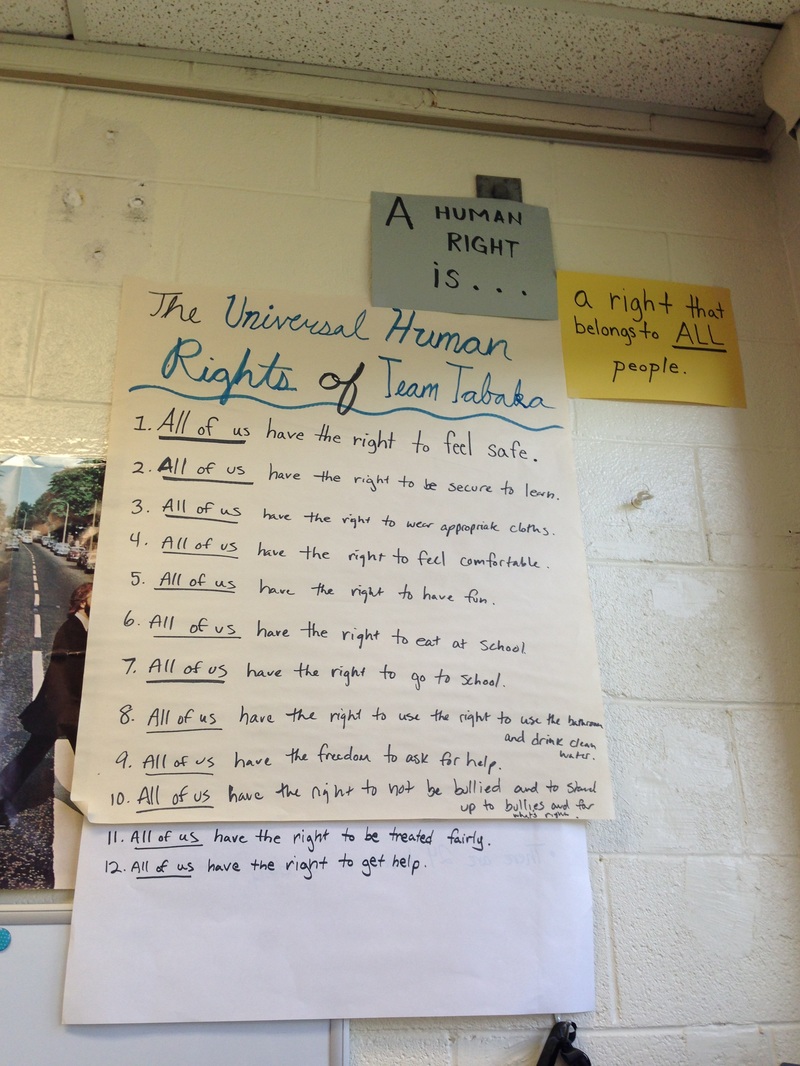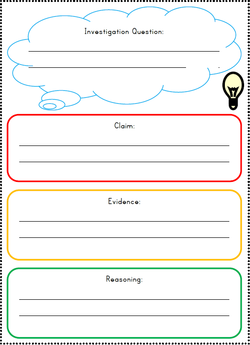|
"Kelly's written lesson plans reveal strategic thinking and a thorough analysis of the lesson topic...Such planning results in lessons that move very intentionally, built around meaningful activities and authentic discussions."
-Michele Madden University of Michigan Field Instructor and Former Curriculum Coordinator in Math and Science for Ann Arbor Public Schools |
Lesson PlanningRigorous instruction begins with well thought out lessons that are both highly organized and flexible enough to be responsive to the needs of students. In my practice, I am highly interested in maximizing meaningful and rigorous instructional time for my students. I do this through careful lesson planning that establishes clear learning goals linked to standards and identifies how student learning will be assessed.
|
Sample Lesson Plans
MathDifferentiated Everyday Math Lesson Plan 6.8 - Number Sentences with Parentheses
|
LiteracyWhat are Universal Human Rights?
|
Social StudiesPublic Issues Exploration - Should Columbus Day be Changed to Indigenous Peoples Day?
|
ScienceHow does light travel? What happens when light hits an object in its path?
|
Reflection
Documentation is key to my growth as a professional. The primary ways in which I document my work are through planning and reflection. Planning provides the launch for meaningful instruction to take place. Reflection produces the feedback that allows my instruction to better meet my students' needs in the future.
In my practice, reflection involves two key elements:
1. Reflection on student work and assessments. Establishing a sense of student strengths and needs for instruction fuels differentiation. In my practice, I utilize regular formative assessments (observational notes, running records, exit tickets) and summative assessments (NWEA data, state testing data, and rubrics) to diagnose and address the instructional needs of my students. This form of reflection also involves making time to routinely meet with instructional team members to discuss and strategize for student success.
2. Reflection on my pedagogical development. In order to grow as a teacher, I must continue to consider and adjust my instructional practice. This type of self-reflection demands regularly setting aside time to consider the success of lessons and approaches. I keep a journal to document and reflect on my practice. Keeping this type of documentation throughout the school year gives me a space to remember and learn from my mistakes as well as to build upon my successes.
In my practice, reflection involves two key elements:
1. Reflection on student work and assessments. Establishing a sense of student strengths and needs for instruction fuels differentiation. In my practice, I utilize regular formative assessments (observational notes, running records, exit tickets) and summative assessments (NWEA data, state testing data, and rubrics) to diagnose and address the instructional needs of my students. This form of reflection also involves making time to routinely meet with instructional team members to discuss and strategize for student success.
2. Reflection on my pedagogical development. In order to grow as a teacher, I must continue to consider and adjust my instructional practice. This type of self-reflection demands regularly setting aside time to consider the success of lessons and approaches. I keep a journal to document and reflect on my practice. Keeping this type of documentation throughout the school year gives me a space to remember and learn from my mistakes as well as to build upon my successes.
